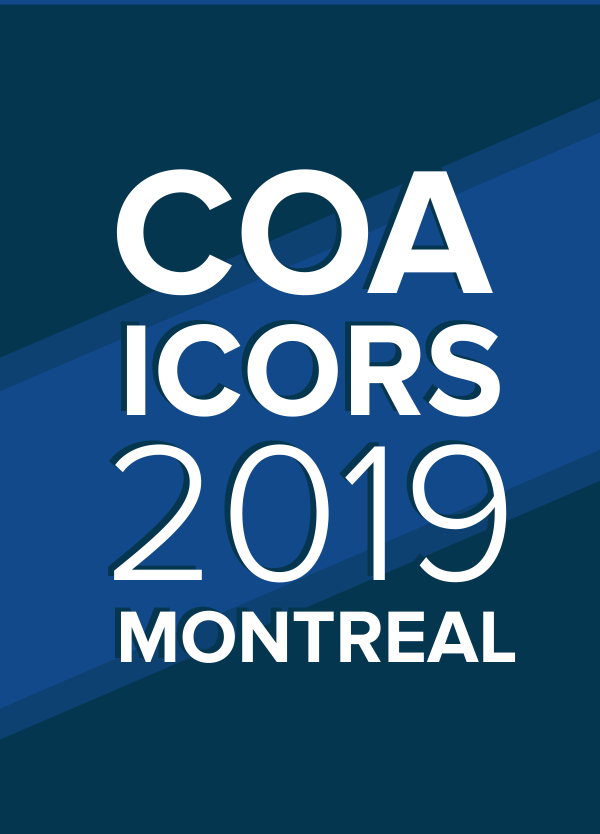
COA/ICORS2019: Majority of 10-year wear with XLPE liners occurs within first 6-12 weeks after THA

COA/ICORS2019: Majority of 10-year wear with XLPE liners occurs within first 6-12 weeks after THA
Highly Crossed Linked Polyethylene in THA Has Even Lower Rates of Wear After Creep has Been Eliminated: A 10 Year 4 Bearing Analysis
Did you know you're eligible to earn 0.5 CME credits for reading this report? Click Here
CONFERENCE ACE REPORTS
This ACE Report is a summary of a conference presentation or abstract. The information provided has limited the ability to provide an accurate assessment of the risk of bias or the overall quality. Please interpret the results with caution as trials may be in progress and select results may have been presented.
Synopsis
92 patients scheduled for total hip arthroplasty were randomized to one of 4 bearing surfaces: cobalt-chromium on ultra-high-molecular-weight polyethylene, oxidized zirconium on ultra-high-molecular-weight polyethylene, cobalt-chromium on highly crosslinked polyethylene, or oxidized zirconium on highly crosslinked polyethylene. Patients were assessed for wear rate over 10-year follow-up. Both raw ...
To view the full content, login to your account,
or start your 30-day FREE Trial today.
FREE TRIAL
LOGIN
Forgot Password?
Explore some of our unlocked ACE Reports below!

Learn about our AI Driven
High Impact Search Feature
Our AI driven High Impact metric calculates the impact an article will have by considering both the publishing journal and the content of the article itself. Built using the latest advances in natural language processing, OE High Impact predicts an article’s future number of citations better than impact factor alone.
Continue



 LOGIN
LOGIN

Join the Conversation
Please Login or Join to leave comments.